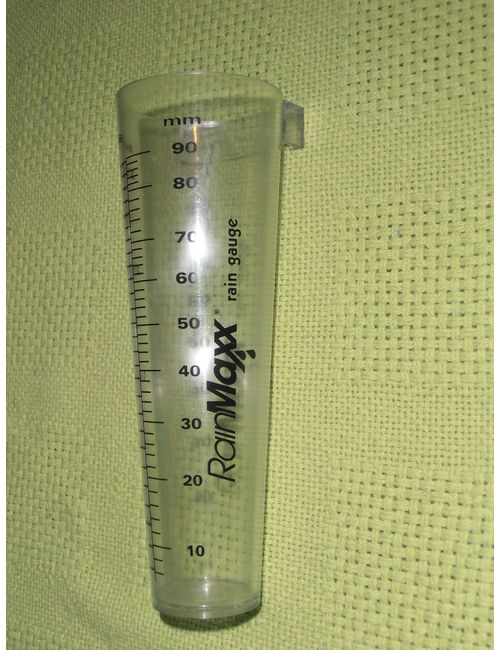Specialist Tips for Making Use Of a Rain Gauge to Monitor Local Weather Issues
Specialist Tips for Making Use Of a Rain Gauge to Monitor Local Weather Issues
Blog Article
Introducing the Science Behind Rain Gauges: Exactly How These Instruments Play a Vital Role in Environment Research and Ecological Tracking
Rainfall evaluates, apparently straightforward tools, hold an extensive value in the realm of environment study and ecological surveillance. As we peel off back the layers of this clinical veil surrounding rain evaluates, we uncover a globe where accuracy, information accuracy, and meticulous monitoring merge to reveal a deeper understanding of our changing environment and its effect on the world.
Importance of Rain Scales
Rainfall evaluates play a crucial function in monitoring and gauging rainfall levels, giving vital data for climate study and analysis. These devices are basic in quantifying the quantity of rainfall that takes place in a certain area over a particular duration. By accumulating and gauging rainwater, rainfall assesses offer useful understandings into the circulation and intensity of rainfall, helping meteorologists, hydrologists, and climatologists in understanding climate patterns and trends.
Additionally, long-lasting data gathered from rainfall gauges helps in evaluating climate modification effects and patterns, adding dramatically to clinical study and decision-making procedures. In significance, rain gauges serve as vital tools in the field of weather forecasting and environmental science, playing a vital function in advancing our understanding of weather and climate dynamics.
Types of Rainfall Scales

Capability and Procedure
In the realm of environment research study and meteorological researches, the effectiveness of rainfall evaluates lies in their complex performance and exact functional systems. Rainfall determines are made to precisely gauge the amount of rainfall that falls over a details area throughout a collection period.
The capability of rainfall gauges is based upon the principle of determining and gathering rain in a standard way. This accumulated data is essential for understanding regional climate patterns, tracking long-term environment trends, and examining environmental impacts. To make sure exact measurements, rain determines need to be tactically positioned in open locations away from blockages such as structures or trees that could disrupt the collection procedure.
The functional facet of rain assesses entails normal maintenance to avoid debris buildup, calibration checks to maintain look at this web-site dimension accuracy, and data taping for evaluation (rain gauge). On the whole, the functionality and operation of rain gauges are necessary for collecting trustworthy rainfall information essential to environment study and ecological tracking
Function in Climate Research Study
Provided the vital value of exact rainfall dimensions in recognizing climate patterns and ecological effects, the function of rainfall assesses in climate research is essential. Rain gauges offer vital data for climate study by evaluating the amount of precipitation that falls over a specific location during a given duration. This information is critical for keeping track of long-term fads in precipitation patterns, analyzing the influence of climate change on rains distribution, and boosting environment designs.

Climate scientists use data accumulated from rain gauges to examine variations in precipitation reference levels, recognize regional environment trends, and examine the effectiveness of water source management approaches. By comparing historic rainfall data with existing measurements, scientists can discover changes in precipitation patterns, such as modifications in the frequency or strength of rains events. This info is vital for recognizing how environment adjustment is influencing precipitation characteristics and can aid policymakers make notified choices regarding adaptation and reduction approaches.
Applications in Environmental Tracking

In flood forecasting, rainfall scale information assists to track rainfall strength and circulation, enabling authorities to issue prompt cautions and take essential actions to alleviate flood risks (rain gauge). Dry spell tracking counts on rain gauge information to analyze wetness levels in the dirt and track rainfall shortages, aiding in the recognition of drought-prone areas and the application of dry spell feedback methods
In addition, rain scale data plays a vital role in water source management by giving info on water availability and use trends. This information is utilized to make enlightened decisions regarding water appropriation, conservation procedures, and sustainable water source planning. Furthermore, in agriculture, rain scale data aids farmers in optimizing watering schedules, crop option, and total farm monitoring practices based upon local precipitation patterns. On the whole, rain evaluates are important devices in environmental tracking, supplying important understandings that add to notified decision-making and lasting resource administration.
Conclusion
In conclusion, rain evaluates are necessary tools for gauging precipitation, offering valuable information for climate study and environmental surveillance. With different kinds and capabilities, rain evaluates play a vital function in comprehending precipitation patterns and their influence on the setting. By accurately measuring rains, these devices contribute to the improvement of clinical knowledge and aid in making informed choices pertaining to water source administration and disaster readiness.
Rain assesses play an essential role in surveillance and gauging precipitation degrees, supplying crucial data for environment research study and analysis. The standard rainfall gauge, known as the "tipping bucket" scale, is one of the most frequently used tools. Ultrasonic rain evaluates use sound waves to detect the visibility of rain, giving real-time data on rainfall levels.Climate scientists utilize information collected from rainfall gauges to analyze variants in precipitation levels, recognize regional environment trends, and evaluate the performance of water resource monitoring techniques.In verdict, rain assesses are vital tools for gauging precipitation, giving valuable information for environment study and ecological tracking.
Report this page